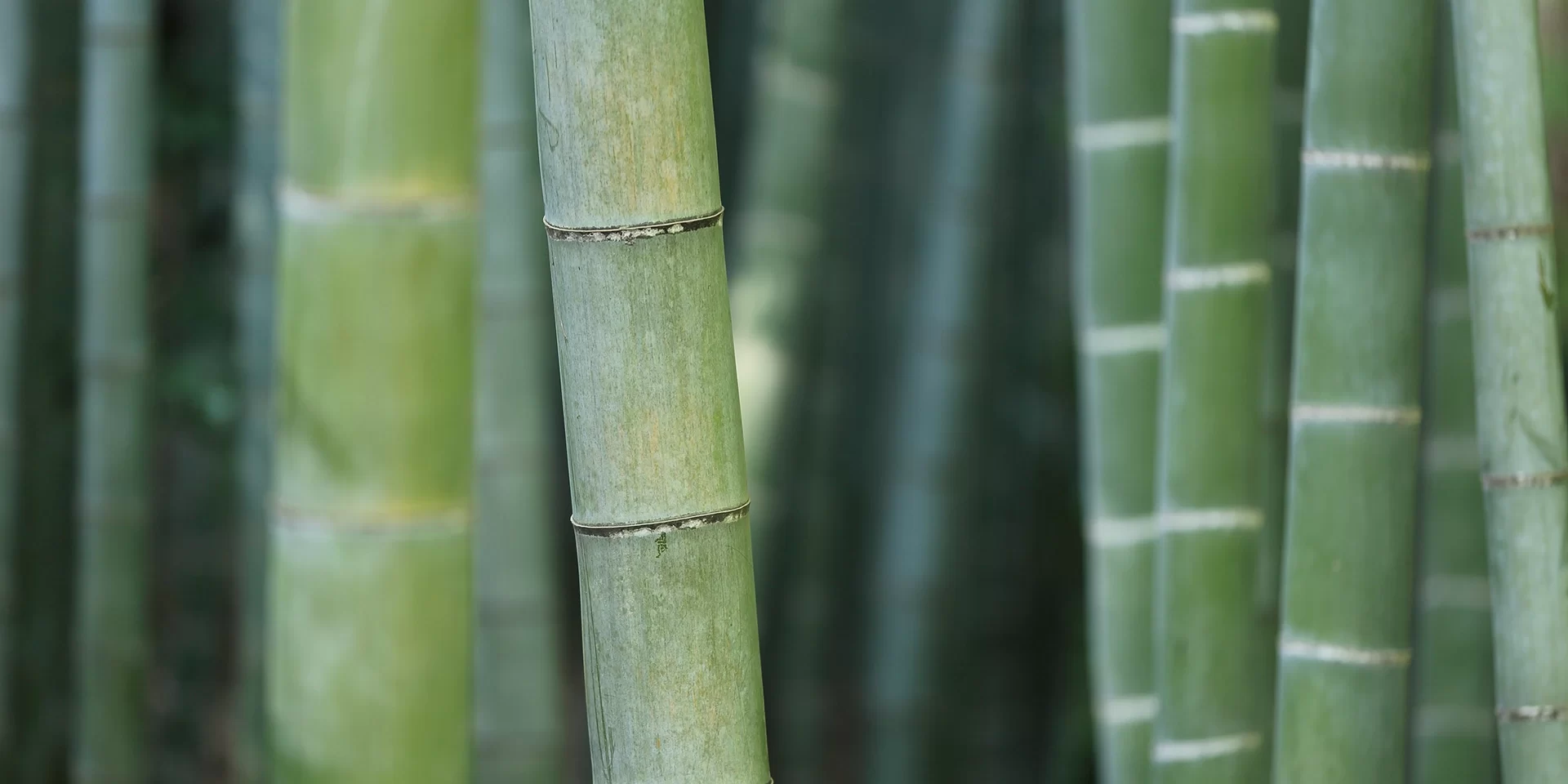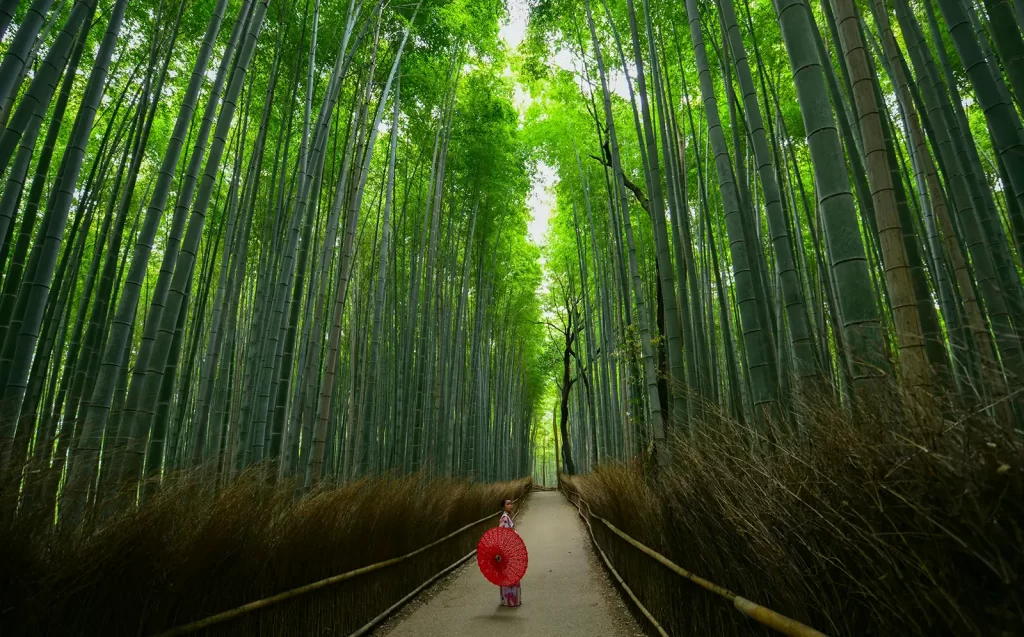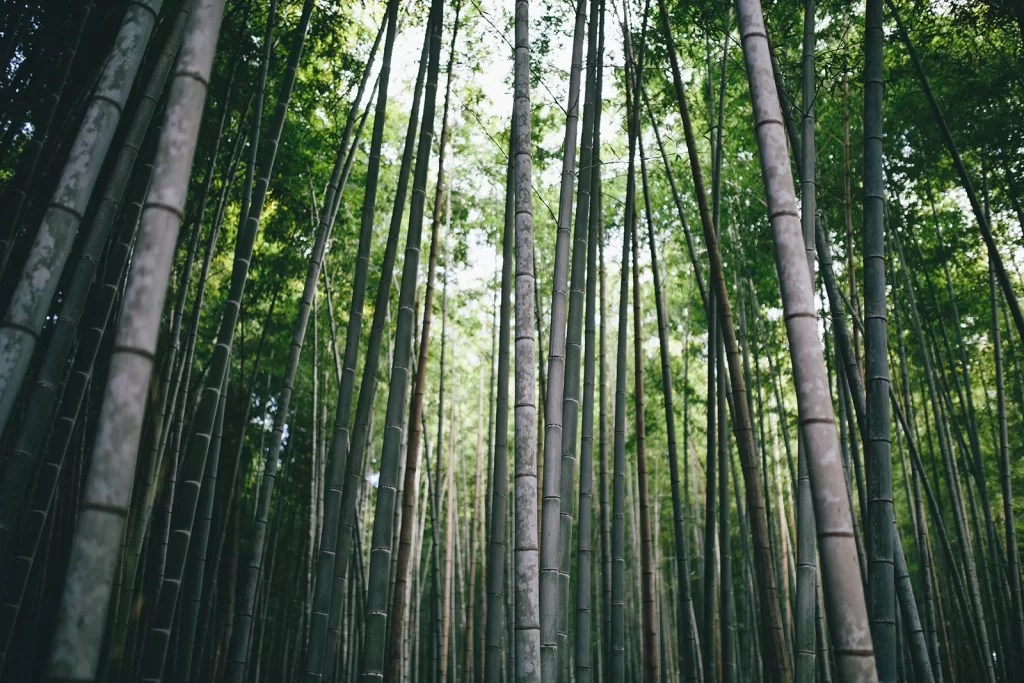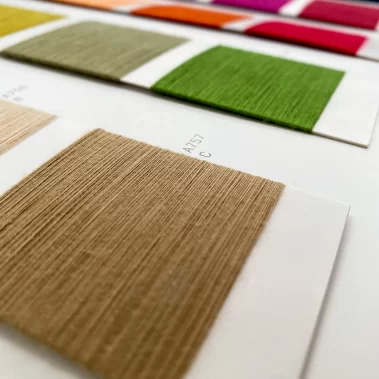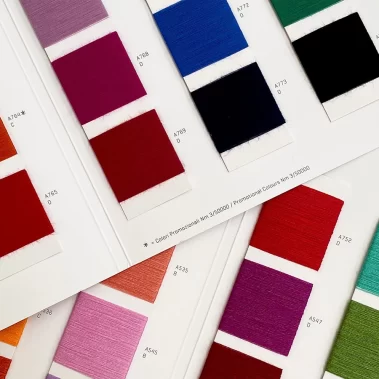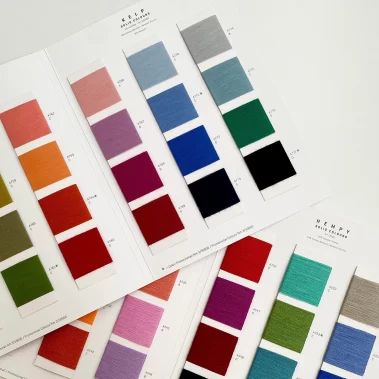After talking about the certifications dedicated to sustainable yarns, let’s get to the heart of the matter by examining some fibers from which low environmental impact knitting and weaving yarns are obtained. Today you will discover with us the bamboo fiber and how it is potentially the most sustainable of all.
The bamboo plant species used for textile production is Phyllostachys heterocycla pubescens, commonly known as Moso bamboo. Nowadays the largest crops of this plant are in China.
Have you ever hold a 100% bamboo textile product in your hands?
Shiny like silk, soft, antibacterial, resistant, breathable, absorbent.
One of its most functional characteristic is precisely that of being antibacterial. This feature is given by an agent, naturally present in it, called bamboo kun, which performs a natural deodorizing function by blocking the proliferation of bacteria that cause bad smell. Bamboo clothing is therefore is more hygienic and stays fresher and more fragrant, even compared to cotton and other plant based fibers.
The bamboo plant is a renewable resource, it grows rapidly, reaching maturity in 3-4 years. It does not require pesticides or fertilizers, as it is not subject to invasions by malignant organisms and is highly infesting, if not controlled, a bamboo plantation can quickly take over. It needs 30% less water than a cotton plantation, and there is no lack of rain in the places where bamboo is cultivated. Therefore, for its growth, it is satisfied mainly with rainwater. It absorbs large amounts of carbon dioxide, transforms it into oxygen and releases it back into nature.
There are two ways to treat Bamboo, one more sustainable than the other to obtain fibers and then yarns. As with rayon, bamboo fibers can be chemically treated to produce “bamboo viscose”, in the second way the fibers are submitted to a mechanical transformation process. The mechanical process consists in the crushing of the woody parts of the plant, to obtain pulp with natural enzymes, in this case the result is a kind of “bamboo flax”. The chemical process is cheaper and faster and therefore seems to be used more frequently, but also less sustainable due to the use of chemicals necessary for the process.
Two examples of bamboo viscose yarns produced by the spinning mill Cotonificio Olcese Ferrari for knitting and weaving are the Kelp and Hempy yarns that mix a bamboo viscose with two other natural and sustainable fibers: hemp and seacell made from seaweed.
TO RECAP:
- No pesticides, insecticides or fertilizers are used in the cultivation
- It almost exclusively uses rainwater to grow (cotton needs up to 2,700 liters of water for a single shirt)
- It does not need large territories for cultivation as it grows very densely in the territory it inhabits
- It produces 30% more oxygen and absorbs more carbon dioxide than trees
- It grows up to one meter per day with some species growing up to 30m in height
- New stems can be harvested over and over again, without having to sow new plants every time, due to its fast and constant reproduction, making bamboo one of the most sustainable raw materials in the world.
Information & data sources

